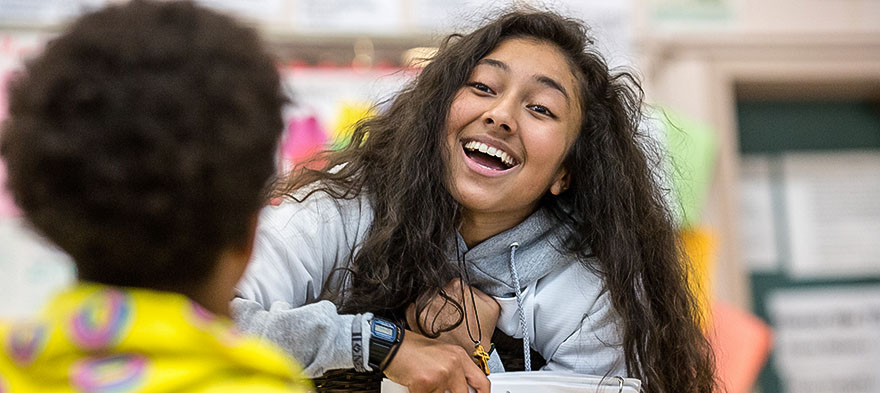
Apr 3, 2018 12:00:00 AM
Seth Saavedra is a New Mexican, born and raised. Fueled by his upbringing in public housing and public schools, he has an unwavering commitment to improving New Mexico's public schools, particularly for those students and communities who are least served by the current system. Seth was formerly a middle school teacher in Bridgeport, Connecticut, through Teach For America. He triple-majored in English, philosophy and economics at the University of New Mexico and went to Del Norte High School before that. He's a proud advocate, agitator, and alchemist. He's a self-admitted green chile addict. He spends most of his time with family and meandering around New Mexico.
Few issues in education spark more tension and debate than standardized testing. Are they a tool for equity or a burden on students? A necessary check on school systems or a flawed measure of...
Charter schools are public schools with a purpose. Operating independently from traditional school districts, they're tuition-free, open to all students, and publicly funded—but with more flexibility...
Despite the benefits of a diverse teaching force, prospective teachers of color fall out of our leaky preparation pipeline at every stage: preparation, hiring, induction, and retention. Here’s what...
Ed Post is the flagship website platform of brightbeam, a 501(c3) network of education activists and influencers demanding a better education and a brighter future for every child.
© 2020-2025 brightbeam. All rights reserved.
Leave a Comment